Helical Remedial Replacement Wall Ties With Tooling
£166.90 – £169.00 (inc. VAT and standard delivery)
Helical Remedial Replacement Wall Ties With Tooling
Helical remedial replacement wall ties with tooling are for the purpose of replacing failed wall ties or failed replacement wall ties due to corrosion mainly due to age or rain water ingress through the mortar bed.
Helical wall ties are driven, by hammer mode of an SDS drill, into the embedment material securing tensile pull out loads of up to 3.38 kilo newtons in concrete block and 2.98 in stock brick without the need for a bonding resin.
The installation process is to drill a pilot hole of 5.5mm – 6.5mm with an SDS Plus drill and then hammer the Helical tie into the far leaf by 70mm embedment.
We always recommend a survey is conducted of the caity and embedment material to determine the ideal size diameter of the pilot hole and, if the embedment material appears unsound to be prepared to anchor with either epoxy or polyester resin or indeed, change to a mechanical neoprene wall tie.
Helical remedial replacement wall ties with tooling are available in 8mm diameter by 195mm and 220mm making them suitable for 25 – 60mm cavities and 60 – 90mm cavities respectively.
This product listing comprises of the following items:
1 x Box Of Helical Remedial Replacement Wall Ties quantity of 100 ties either 8mm x 195mm or 8mm x 220mm
1 x SDS Wall Tie Support Tool with replaceable install embedment tip for 8mm wall ties
1 x Pair of Latex palm coated heavy duty gloves size: Large
The support tool with replaceable embedment tip is estimated to be good for the installation of approximately 300 ties before a replacement needs to be ordered.
In general terms the fixing densities for remedial wall ties would be the same as new build – 2.5 per m² or 450 mm vertically and 900 mm horizontally in a domino five pattern. This density would, however, be subject to on site testing to ensure that the required tensile loadings are being achieved.
Supplied in Grade 304 Stainless Steel. Marine grade 316 is available on request for installation in coastal areas prone to higher levels of atmospheric salts from the sea which bring on a quicker corrosion rate.
Drive Fix Helical Remedial Wall Ties are ideal for walls with a render finish.
If the wall is rendered, pebble dashed or coated with anything, this will reflect on the method of installing the wall ties and the type of remedial tie. For starters, is the material sound? Drilling causes vibration and may shake loose or crack old render. Could there be services or pipes under the coating, a metal detector should help here. The use of a remedial cavity wall tie designed for mechanical expansion should be avoided, because without extreme care and many aborted holes, some of these will inevitably be drilled near the edge of a bed joint, where post-torsion expansion can ruin the fix, see below), leaving the wall tie useless and a waste of time and money. Mechanical expansion ties work by exerting expansive force outward, through the brick or stone; rather like a rawlbolt. If the material cannot take these stresses, the material fails and the fix is compromised. Thus most manufactures of these wall ties recommend the wall ties are fixed ‘centre of brick’ to ‘centre of brick’, which is hard when the brick is hidden behind render (not to mention the inner leaf which is always hidden).
So if render is present, non-expansive type wall ties should be selected such as; resin bonded wall ties in both skins; Helifix ResiTie, or combined resin/friction fix, such as the Helifix RetroTie (friction fix inner leaf, which can be tested independently of the outer), followed by resin fix in the outer leaf.
Data sheet: Drive Fix Wall Ties
Remedial wall ties for use in replacing corroded wall ties.
Self taps into pre-drilled pilot hole for quick and easy fixing with minimal disturbance.
Drive Fix ties are installed at a density of 2.5 ties per m2 at 900mm horizontal and 450mm vertical spacings. The density is increased around openings with 300mm vertical spacing and 250mm back from the spacing.
Suitable to install into most building materials including Cob, Chalk Lump, Hollow Block and Timber.
Use a 650/700w SDS rotary hammer drill.
As a guide, the recommended penetration depth into the far leaf is 25-30mm in concrete, 65-70mm into 3N concrete block and stock brick and 90mm into lightweight block. Pull out tests are recommended.
We offer free, 2 – 3 day delivery service with this order.
You can upgrade at checkout to next day delivery service with DPD who provide you with a predicted hour slot delivery time.
Please allow plenty of time for your delivery to factor for rail and motorway network delays from extreme weather events or traffic incidents.
Be the first to review “Helical Remedial Replacement Wall Ties With Tooling” Cancel reply
You must be logged in to post a review.
You may also like…
Masonry & Timber
Masonry & Timber

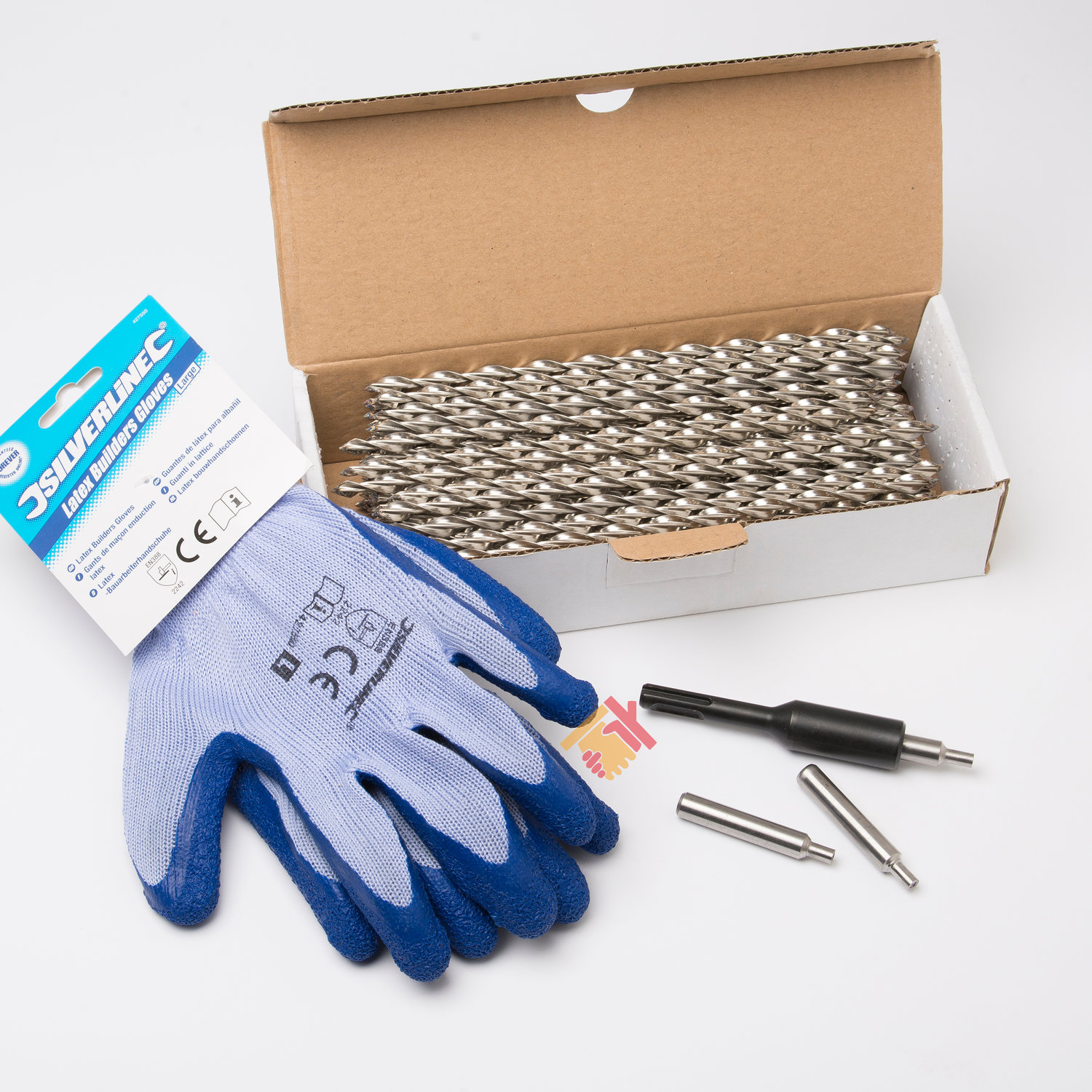
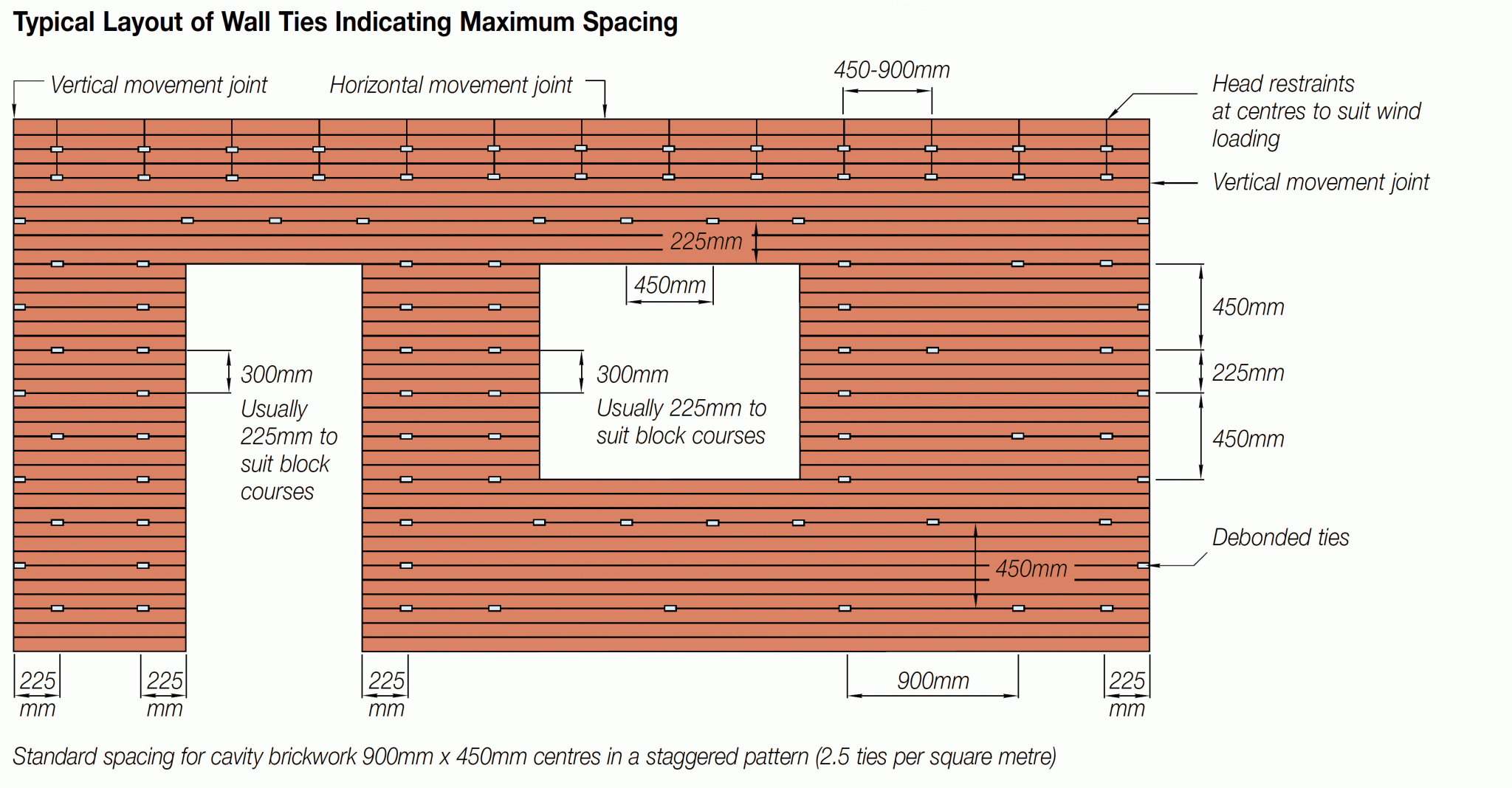


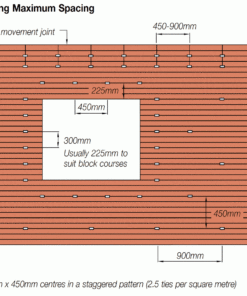
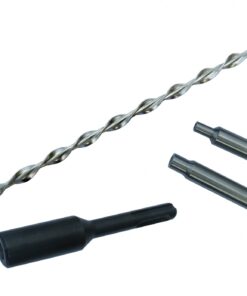
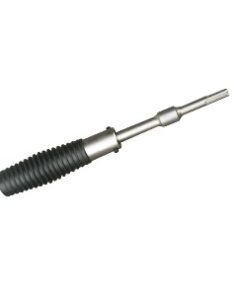
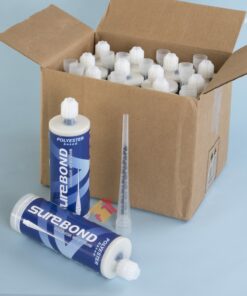



Reviews
There are no reviews yet.